How to choose between a programmable logic controller (PLC) and a decentralized control system (DCS) requires a detailed analysis of the specific situation, because different application scenarios have different requirements for the control system.
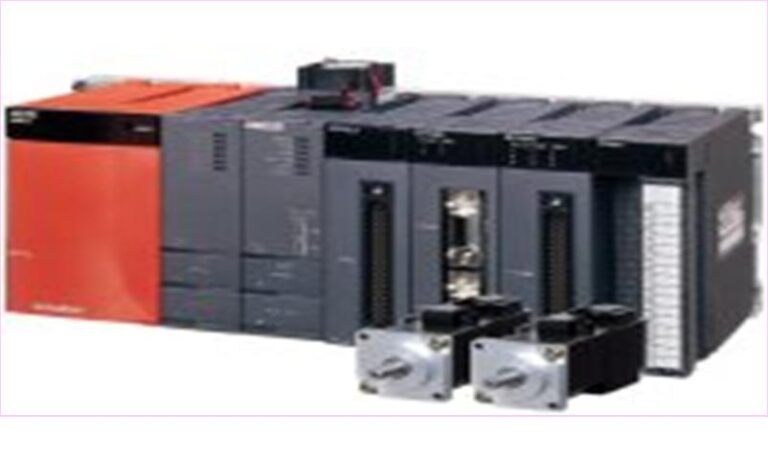
PLC
1. From switching control to sequence control and transportation processing, it is a multi-function such as continuous PID control from bottom to top. PID is in the interrupt station.
2. One PC can be used as the master station, and multiple PLCs of the same type can be used as the slave stations.
3. One PLC can also be used as the master station, and multiple PLCs of the same type can be used as slave stations to form a PLC network. This is more convenient than using a PC as the master station: when there is user programming, there is no need to know the communication protocol, as long as it is written according to the instruction manual format.
4. The PLC grid can be used as an independent DCS or as a subsystem of the DCS.
5. PLC is mainly used for sequence control in industrial processes, and new PLCs also have closed-loop control functions.
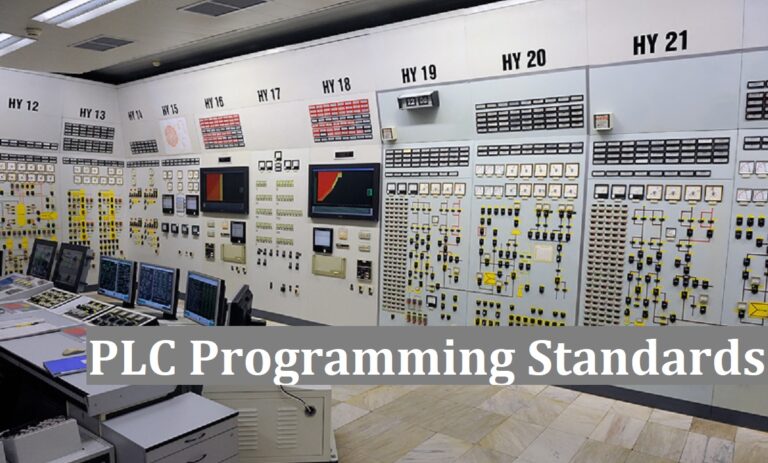
DCS
1. Distributed control system DCS is a monitoring technology integrating 4C (Communication, Computer, Control, CRT) technology.
2. A large system with a tree topology from top to bottom, in which communication is the key.
3. PID is in the interrupt station. The interrupt station connects the computer and field instruments and control devices in a tree topology and parallel continuous link structure. There are also a large number of cables running from the interrupt station to the field instruments in parallel.
4. Analog signal, A/D—D/A, mixed with microprocessor.
5. One instrument is connected to the I/O via a pair of wires, and is connected to the LAN from the control station.
6. DCS is a three-level structure of control (engineer station), operation (operator station), and field instrumentation (field measurement and control station). Used for large-scale continuous process control, such as petrochemicals, etc.
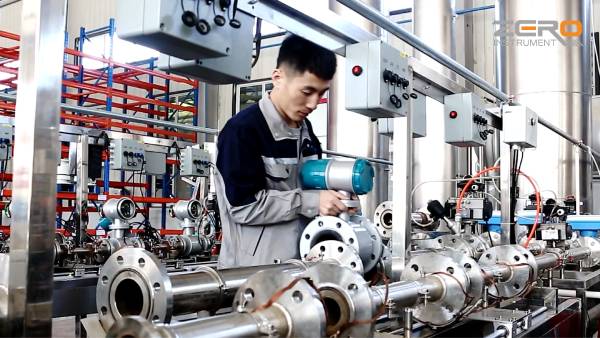
How to choose between PLC and DCS systems
How to choose between a programmable logic controller (PLC) and a decentralized control system (DCS) requires a detailed analysis of the specific situation, because different application scenarios have different requirements for the control system.
The control system platform will have a certain impact on the way the automation system meets the needs of optimizing production, maintaining availability and obtaining data. A lack of foresight in selecting a control system can also impact future expansion, process optimization, user satisfaction, and company profits.
In addition to some basic guidelines (such as how to control the process), the design team must also consider various factors such as installation, scalability, maintenance, upkeep, and more.
At present, although PLC systems may be the most cost-effective for small equipment, DCS systems provide more economical scalability and are more likely to obtain a higher return on initial investment.
PLC is an industrial computer used to control manufacturing processes such as robotics, high-speed packaging, bottling, and motion control. In the past 20 years, PLC has added more functions and created more benefits for small factories and installations. PLC usually operates as a stand-alone system, but it can also be integrated with other systems and connected to each other through communication. Since each PLC has its own database, integration requires some degree of mapping between controllers. This makes PLC particularly suitable for smaller applications that don’t have much need for expansion.
DCS systems disperse controllers throughout the automation system and provide common interfaces, advanced control, system-level databases, and easy-to-share information. Traditionally, DCS has been mainly used in process technology and larger factories. Large system applications are easier to maintain throughout the life cycle of the factory.
PLC was developed based on the principle of relay control. It stores instructions for performing operations such as logical operations, sequence control, timing, counting, and operations; and controls various types of machinery or production processes through digital input and output operations. The control program compiled by the user expresses the technological requirements of the production process and is stored in the user program memory of the PLC in advance. During runtime, the contents of the stored program are executed one by one to complete the operations required by the process flow.
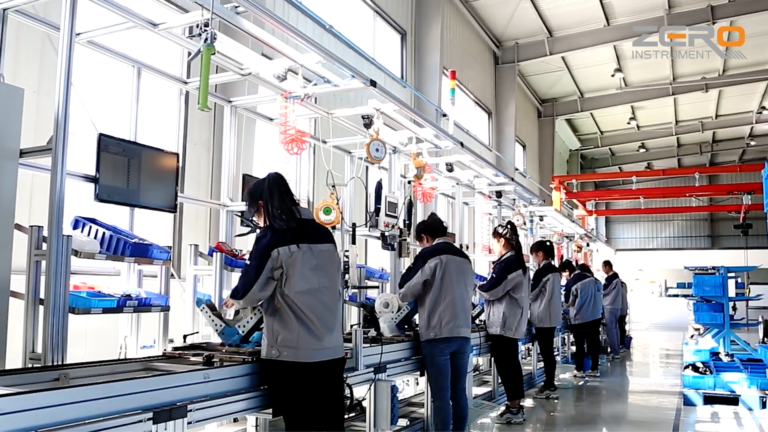
Comparison of engineering analysis between PLC and DCS
There is a program counter in the CPU of the PLC that indicates the storage address of the program step. During the running of the program, the counter automatically increases by 1 when a step is executed. The program is executed sequentially from the starting step (the step number is zero) to the final step (usually the end instruction). ), and then return to the starting step for loop operation.
The time required for each PLC to complete a cycle operation is called a scan cycle. Different models of PLC have cycle scan periods ranging from 1 microsecond to tens of microseconds. DCS does not have such cyclic operations as the program counter. This is also what makes PLC less redundant than DCS.
DCS is developed on the basis of operational amplifier. Make the relationship between all functions and process variables into function blocks (some DCS systems are called puffed blocks). The main difference in performance between DCS and PLC is in the logic calculation of switching values and the calculation of analog values. Even though the two later infiltrated each other, there are still differences.
After the 1980s, in addition to logic operations, the algorithm functions used in control loops of PLC have been greatly enhanced. However, PLC is programmed with ladder diagrams, and the operation of analog quantities is not intuitive during programming, making programming more troublesome. But in terms of solving logic, it shows the advantage of being fast. At the microsecond level, it takes less than 1 millisecond to solve a 1k logic program. It treats all inputs as switching values, and 16 bits (there are also 32 bits) are an analog quantity.
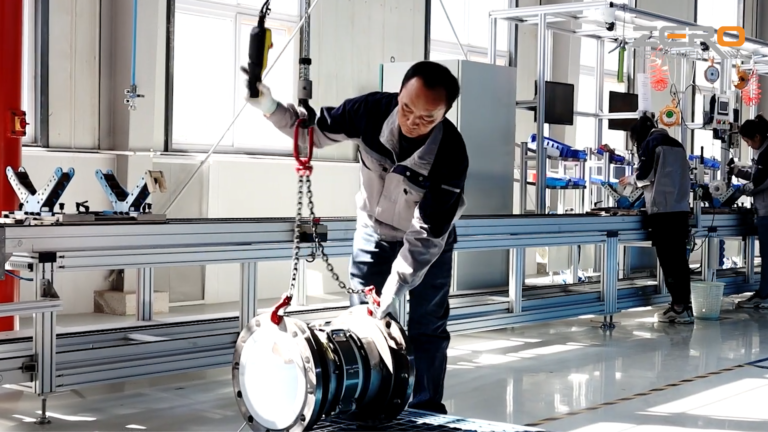
DCS treats all inputs as analog quantities, and 1 bit is the switching quantity. Solving a logic takes hundreds of microseconds to several milliseconds. For PLC to solve a pid operation, it takes tens of milliseconds, which is comparable to the operation time of DCS.
In terms of grounding resistance, the requirements for PLC may not be high, but for DCS it must be below a few ohms (usually below 4 ohms). Analog isolation is also very important.
For a system with the same number of i/o points, the cost of using PLC is lower than using DCS (about 40% can be saved). PLC does not have a dedicated operating station. The software and hardware it uses are universal, so the maintenance cost is much lower than that of DCS. If the controlled object is mainly equipment interlocking and there are relatively few loops, it is more appropriate to use PLC.
If it is mainly analog control and there are many function operations, it is best to use DCS. DCS is much better than PLC in terms of redundancy of controllers, I/O boards, communication networks, etc., some advanced operations, and special requirements of the industry. Because PLC uses general monitoring software, it is easier to design an enterprise’s management information system.
PLC and DCS systems are generally suitable for discrete and process manufacturing respectively. Discrete manufacturing facilities using PLC systems generally consist of individual production units that are primarily used to complete the assembly of components, such as labeling, filling, or grinding. Process manufacturing facilities, typically using automated systems, produce to recipes rather than by piece in both continuous and batch fashion. Large continuous processing facilities, such as refineries and chemical plants, use DCS automation systems. Hybrid applications often use both PLC systems and DCS systems. When selecting a controller for an application, factors such as the size of the process, scalability and future update plans, integration needs, functionality, high availability and return on investment over the life of the plant facility need to be considered.
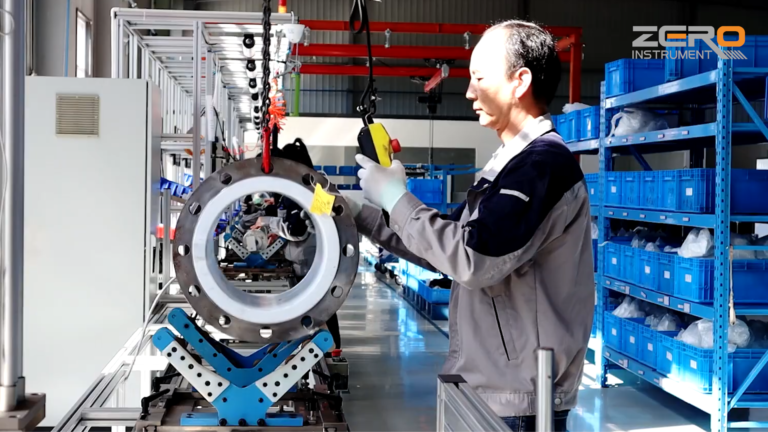
Relevant factors that influence how to decide
Process size:
How many input/output (I/O) points are needed? Small systems (<300 I/O points) may have smaller budgets, so a PLC system is more suitable. It is actually not easy to apply the DCS system to smaller projects. On the contrary, it can better perform its functions in large factory applications. Because it has a global database, the DCS system is easier to manage and upgrade, and any changes are global.
Upgrade plan:
Smaller industrial processes can be adapted to PLC systems, but if the process needs to be expanded or upgraded, more PLC hardware and databases will need to be added and will need to be maintained separately. This is a time-consuming, laborious process that is prone to error. DCS systems are easier to upgrade, such as user trust can be managed from a central hub, and are therefore easier to service and maintain (see Figure 1).
Integration requirements:
For stand-alone installations, PLC systems are ideal. When a factory is configured with multiple PLC systems, there will be requirements for interconnection. This is generally difficult to achieve because the data usually needs to be mapped using a communication protocol. Of course, there is no problem with integration, but when there is a change requirement, the user’s trouble comes: once a certain PLC system is changed, the two PLCs may not be able to communicate normally because the data mapping is affected. For DCS systems, there is no need for mapping at all, and configuration changes are just a simple process; the controller comes with the system.

High availability:
For processes with high availability requirements, DCS systems can provide redundant configuration efficiency and facilitate redundancy, which is critical to keeping costs within budget.
Functional Requirements:
Certain industries and facilities require historical databases, streamlined alarm management, and central control rooms with common user interfaces. Others require manufacturing execution system (MES) integration, advanced controls and asset management. These applications are built into the DCS system (see Figure 3), making it easy to add to automation engineering applications without adding a separate server or increasing integration costs. In this regard, DCS systems are more economical, can increase productivity and reduce risks.
Lifetime ROI:
Facility needs vary by industry. For smaller-scale process projects, there is no need for expansion or integration with other process areas, so the PLC system has a good return on investment. The DCS system may have higher installation costs, but from a full life cycle perspective, the increased production and safety benefits brought by the DCS system will offset part of the cost. Balancing short-term needs with long-term vision is critical to operational certainty and improved plant operation and maintenance.
